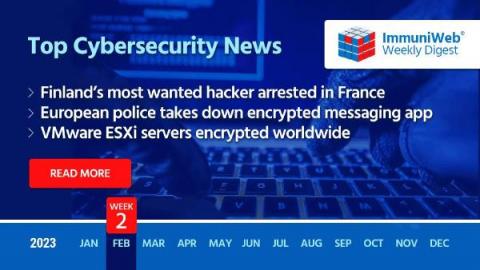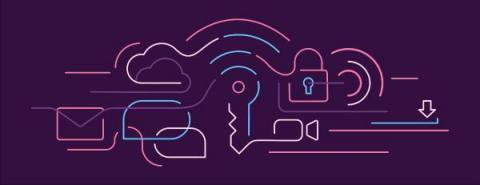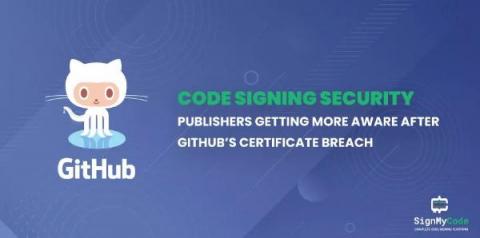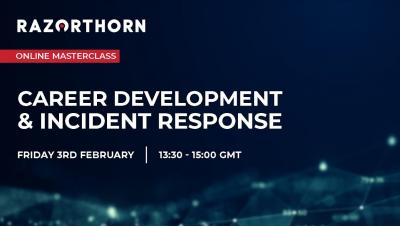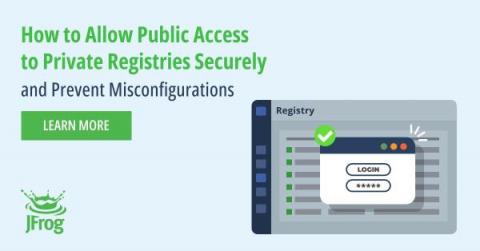French police arrested Julius "Zeekill" Kivimäki, one of the most notorious hackers, wanted by Finland's authorities
Read also: A global phishing syndicate used over 500 apps to steal data from phones, MITRE unveils a free tool to help organizations strengthen cyber resilience, and more.


